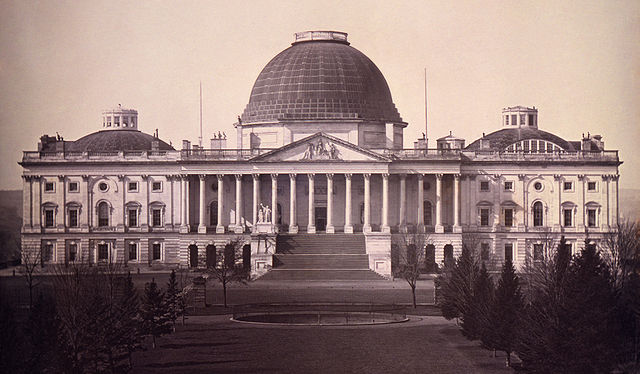For this posting, I decided to interview a student who was recently enrolled in Dr. Shelley Rose’s World History class at Cleveland State University. While participating in the class, this student was asked to complete a document-based research project, in which they used primary source documents to better understand a particular historical topic. The student was then asked to participate in a class-wide discussion about the topic they presented in order to foster an exchange of ideas about their primary source documents and the conclusions reached based upon them. It is my hope that educators who read about this assignment will be able to implement it within their own Modern History courses. Below is my discussion with CSU student Franco Lacey.
Please describe the document-based project you completed for Dr. Rose’s World History class.
The Document-Based Question (DBQ) project was a multi-faceted research assignment that fostered thought and discussion derived from primary source documents. The activity was completed in groups which invited an environment of shared learning and thought. After the projects were completed, teams were accountable for assessing the projects of other teams in the class. Thus providing peer feedback in addition to the feedback from our professor.
How did you incorporate technology into this assignment?
Roughly half of our research started from web based searches for scholarly journals and articles. We searched for information pertaining to primary sources. For the project itself, we embedded links to primary sources and videos that complimented our themes via primary sources.
How do you define historical thinking?
I define historical thinking as observing, reviewing, researching and acknowledging the context of the time and place of events as they are related to other events that have occurred.
How did you incorporate historical thinking into this project?
When our team engaged in research, we targeted specific events that pertained to our topic. Next, we brainstormed and created concept maps and other visual organizers to include related activities throughout similar periods of time. We also sought to piece together untold stories from those who may have not had the fortune of having their vantage point explained objectively.
Is this an assignment you would use in your future classroom? Would you make any modifications to it for your students?
This is an assignment that I would implement into my classroom. It appears to be a very effective vehicle to deliver the concepts of similar themes that are related throughout history. The modifications that I would make could be better determined as I would adjust the particulars to suit the needs of each group of students.
Click here to view the DBQ Project’s website to learn more about how to use this critical thinking assignment in your history classroom! This project was developed in 2000 specifically for helping educators of history courses to develop critical thinking skills within their students by use of primary sources.
Check back soon for the concluding post to the “Connecting Historical Thinking and Technology” summer series for the Social Studies @ CSU blog! As always, comments, questions or suggestions are welcome in the comments section below or on Twitter (@ToriMcDonough22 and @SocialStudiesatCSU).


I believe this type of exercise is very useful, for two reasons. One is that the student is required to read the primary source. Too many times in current discussions, one side creates a straw man to blast away at. This exercise may encourage the students to investigate claims instead of just assuming other texts have accurately captured the perspective. Second, the student then is required to discuss the essence of what he/she read, and to base arguments on it. This may encourage students to employ sources in their arguments, getting beyond their own preconceptions and biases, or at a minimum to provide sources which support their preconceptions and biases. When/if students discover valid points which counter their own preconceptions and biases, over time the accumulation of such discoveries may inspire them to search for “truth” instead of just trying to win arguments. In any case, the more students incorporate the methods described in this article, the better ought to be the discussions in our society, at whatever level they take place.